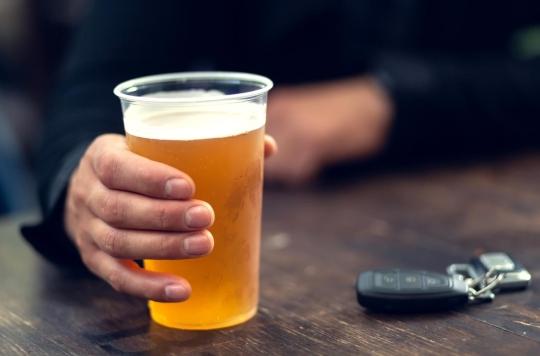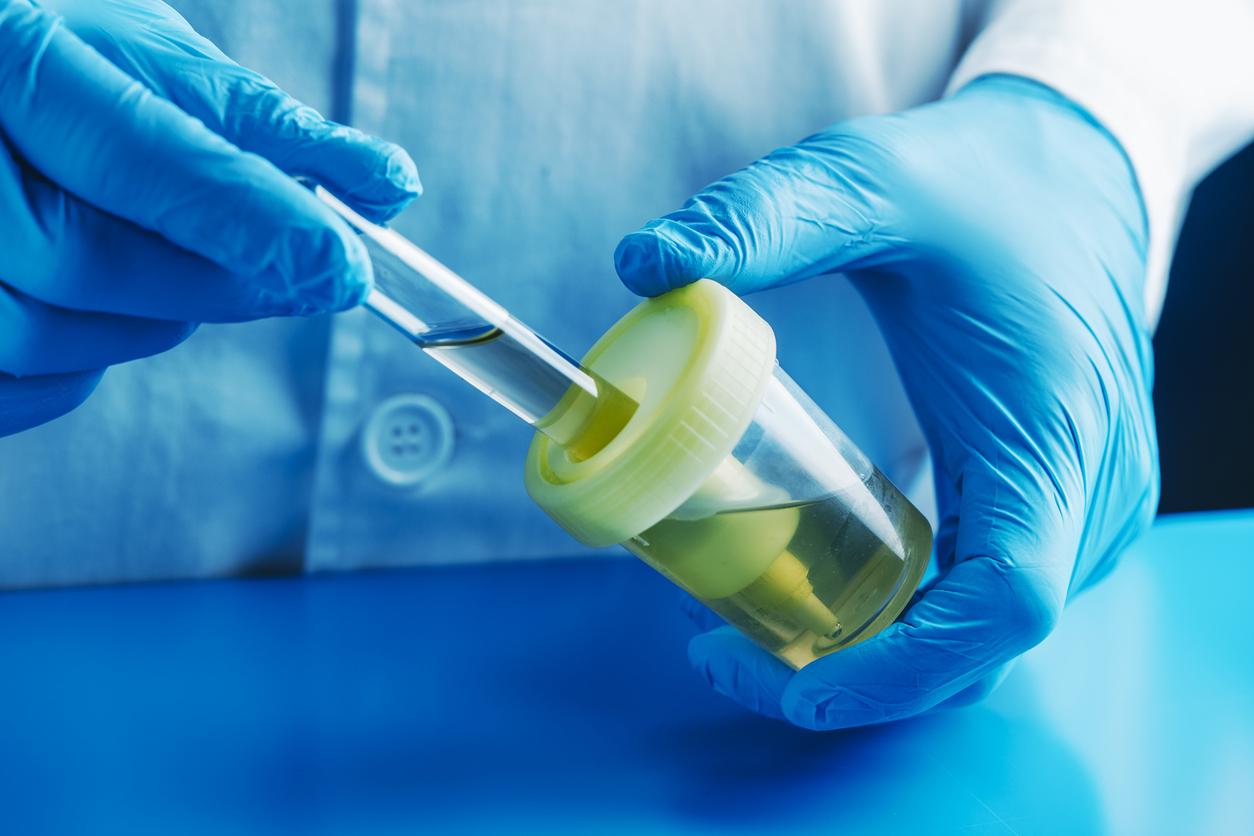Study of young adults finds nearly half underestimate how intoxicated after drinking and consider themselves safe to drive after exceeding the legal blood alcohol level .

- Even when they have exceeded the legal limit of blood alcohol content, drivers believe that they are capable of driving.
- Drivers are also increasingly less able to correctly estimate their breath alcohol level as they get drunk, which can have serious consequences.
Every year, in France, 30% of the most serious road accidents are linked to drink-driving. In 2017, French roads recorded 1,035 victims of fatal accidents caused by drunk drivers.
Alcohol consumption leads to significant impairment of motor functions, reflexes and reaction time. Thus, drunk drivers may find it difficult to keep their vehicle in the lane, brake quickly and are more prone to take risks, which greatly increases the risk of having an accident.
Despite the documented effects of alcohol on driving, many drivers believe they are capable of getting behind the wheel after drinking. And this, even when they have exceeded the authorized limit of the blood alcohol level. This is demonstrated by a new study carried out by researchers from the University of Witten/Herdecke and the University of Cambridge and published in the Harm Reduction Journal.
A poor appreciation of his state of intoxication
To reach this conclusion, the researchers wanted to know whether drivers were able to estimate their ability to drive after drinking alcohol. They recruited 90 German students with an average age of 24, who were divided into a study group and a control group. Both groups consumed either beer or wine or both until they reached a maximum breath alcohol concentration (BrAC) of 0.11%. Study participants were told from the outset that when they reached a blood alcohol level of 0.05%, they would switch from beer to wine or vice versa.
Their blood alcohol level was measured using breathalyzers. At each measurement, the researchers asked the students to estimate their own blood alcohol level. All participants were asked to come forward when they thought they had reached the legal driving limit.
The results showed that on the first day of the study, 39% of participants who had come forward because they thought they had reached the legal driving limit had in fact already exceeded it for several drinks. On the second day, this proportion increased to more than half (53%).
“In countries where blood alcohol content is legal, it is usually the driver who decides how much alcohol he has consumed and whether he is fit to drive. But as we have shown, we are not not always able to make this judgment. In our study, one in two people underestimated their state of intoxication, which can have disastrous consequences”says Dr. Kai Hensel, who led the study.
No alcohol while driving remains the best option
In addition, the researchers found that the participants increasingly misjudged their breath alcohol level the more drunk they got, which can have serious consequences.
To see if the participants were able to improve their ability to estimate how drunk they were, the researchers compared the volunteers’ self-report of whether they had reached the legal driving limit between the two days of drinking. study. Participants in the study group were better able to estimate how drunk they were on the second day, but the control group was not.
“The best advice is: if you drive, don’t drink. But if you really want a drink, find out about your own alcohol tolerance, recalls Dr. Hensel. This differs from person to person, depending on gender, weight and age, and there are reliable apps that can guide you.”
In France, the legal limit for alcohol in the blood is 0.5 g/L, or 0.25 mg per liter of exhaled air. Since 2015, the legal blood alcohol level is 0.2 g/L for young drivers. Each glass drunk increases the rate by 0.20 g to 0.25 g on average.
.

















